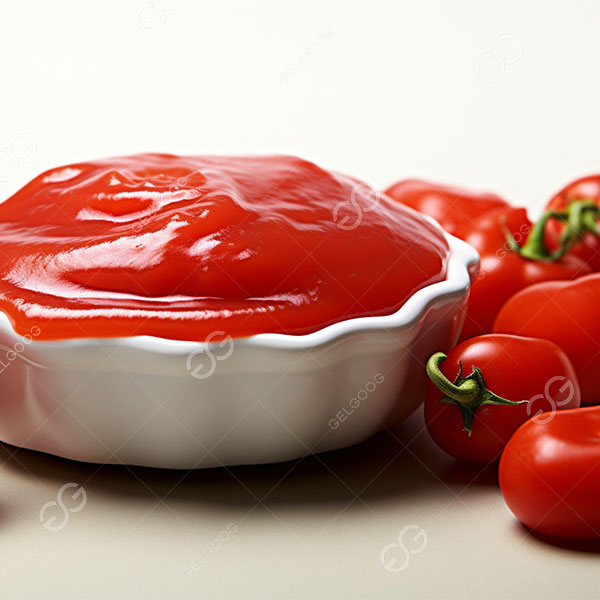Time:2025-11-17 By:sherry
Tomato paste is a common condiment in daily life, widely used whether paired with snacks like fries or in cooking. But how is tomato paste made in a factory? Here we will explain the production process in detail, from raw materials to packaging.

The production process of tomato paste can be summarized into several key steps: Raw material processing, crushing and preheating, concentration and flavoring, sterilization and bottling. Each step requires strict hygiene control and the support of advanced tomato paste equipment.
1. Raw material selection and cleaning:
Factories typically select ripe, bright red tomatoes without any rot as raw materials. These tomatoes are then washed to remove dirt, pesticide residues, and microorganisms from their surface. This step is crucial in the entire tomato processing flow, as it determines the hygiene of the final product.
2. Crushing and preheating:
After washing, the tomatoes are fed into a crusher and ground into a smooth tomato puree. They are then preheated, where high temperatures instantly kill some microorganisms and destroy the enzymes in the tomatoes.
3. Concentration and seasoning:
The tomato puree enters a concentration device, where excess water is removed through vacuum evaporation to achieve the standard consistency. During this process, the factory adds seasonings such as sugar, salt, and vinegar according to the recipe.
4. Sterilization and filling:
After concentration and flavoring, the tomato paste undergoes high-temperature flash sterilization to completely eliminate any remaining bacteria and yeast. Subsequently, the tomato paste is filled into bottles or bags under aseptic conditions. The filling equipment must be kept highly clean to prevent secondary contamination.
Production process precautions:
Hygiene management: The production environment must meet food hygiene standards. All equipment must be cleaned and disinfected regularly. Employees must wear protective clothing and adhere to hygiene procedures.
Temperature control: From preheating and concentration to sterilization, temperature is a key factor affecting the quality of tomato paste. Excessively high temperatures will destroy the natural flavor and nutrients of tomatoes, while excessively low temperatures will not effectively kill microorganisms.
Automation and standardization: Most modern tomato paste factories use automated tomato paste production lines, thereby reducing human intervention and ensuring that the tomato paste produced has consistent taste and quality.